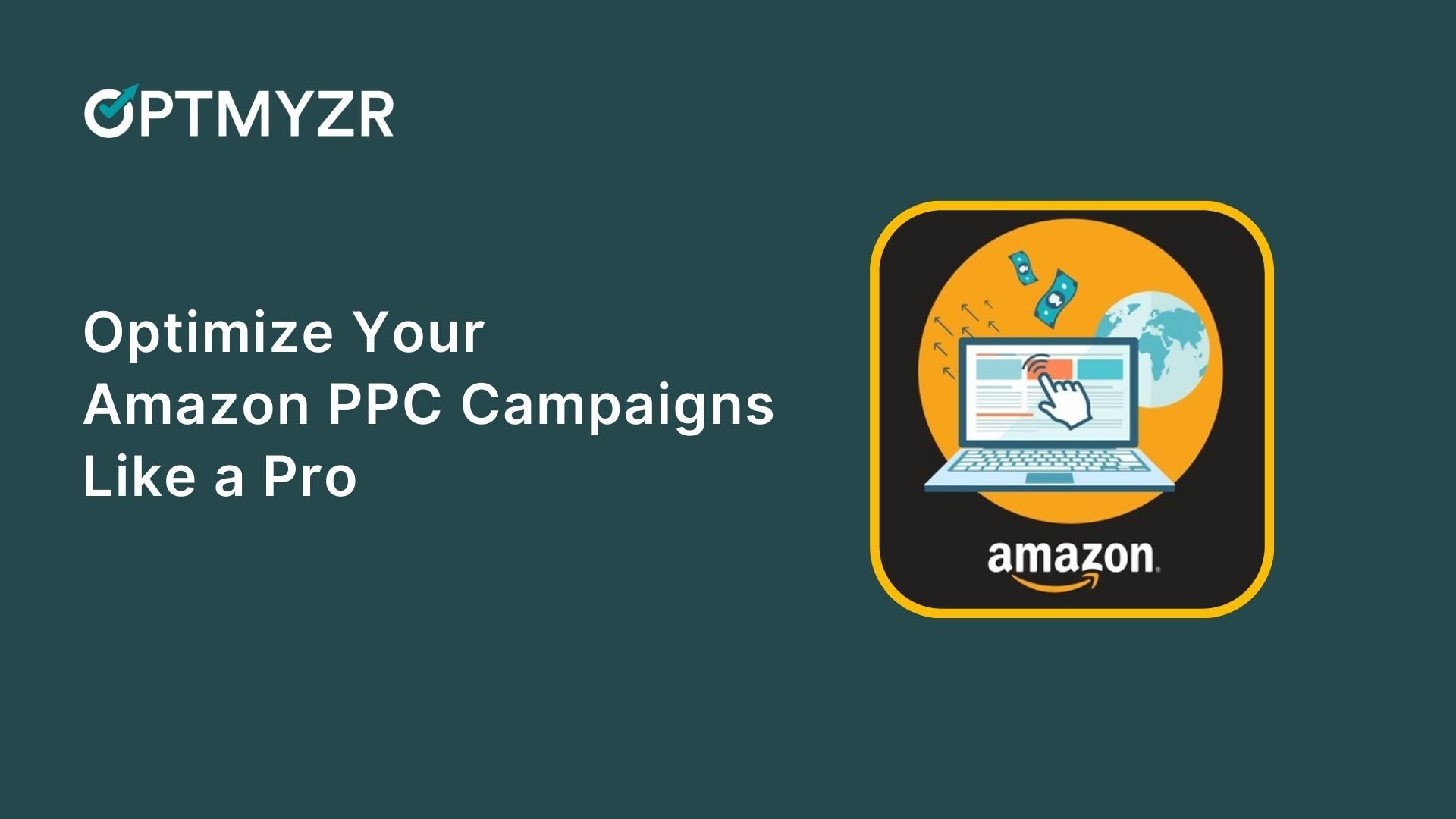Get in touch
support@optmyzr.com
How to Launch Your First Amazon Product
If you’re reading this then the chances are you either already have a product that you want to sell, or you’re fueled by an entrepreneurial spirit and your business idea is in its infancy. Either way, Amazon is a great place to start selling your wares. It’s the first port of call for many shoppers due to its convenience, competitive prices, and speedy delivery.
Making the most of Amazon’s platform requires meticulous planning, attention to detail, and a carefully thought-out strategy. This extensive guide will take you through the process step-by-step and discuss any considerations you will need to prepare for.
By the end, you should be fully armed with the knowledge to launch your first product on Amazon and thrive in its competitive marketplace.
What You Need to Launch Your First Amazon Product
Starting a new enterprise is a thrilling prospect. You get to shop around for the perfect office space and source fancy new technologies, like a
PBX business phone system. PBX stands for private branch exchange, and it’s a private, enterprise-grade telephone network that lets you connect multiple offices, manage large call volumes, use extensions, and much more.
But wait. Before you can think about all of that, it’s important to lay some foundations.
Profitable product opportunities
Prior to anything else, you need to take a good look at what is already on the market. If you already know what product you are planning on selling, research your competitors thoroughly. What are they offering? At what price? What does your product have that the others don’t?
If you haven’t decided what product you want to sell yet, that’s okay too. When you’re narrowing it down, the most savvy approach is to pinpoint a product that strikes a very delicate balance between high demand and manageable competition.
It comes down to finding a niche where you can stamp your brand’s unique identity: one where your product can shine brightly amongst the litany of other offerings, ensuring that you
make your shopping campaigns profitable.
Picking your product is a tricky business, but will be extremely lucrative if you get it right.
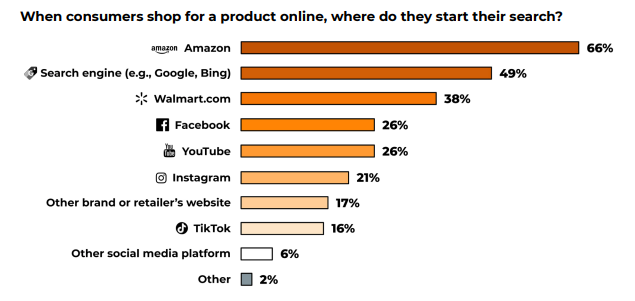
Branding
Once you’ve pinned down what product you want to sell and you’ve scouted out your competition, it’s time to get to work on your brand. Crafting a powerful brand identity is paramount to your success on Amazon. This is a vital step to make sure you stand out from the crowd, but it is also an essential aspect of establishing trust with potential customers.
There are a number of components to a strong brand identity, including your tone of voice, brand story, logo, packaging, and graphics. It is essential that all of these aspects look high-quality and professional so that customers will have faith that you’re the real deal. So if design is not your area of expertise, pay experts to do it for you.
If you’ve never worked with designers before, using tools like
Markup image annotation to give feedback and approve deliverables will make the process much easier. While hiring outside help may seem like a big expenditure, this is not an area you should skimp on. A slick, memorable identity is invaluable in boosting brand recognition and attracting customers.
Inventory management systems
Diligent administration and coordination are key to the success of any new venture, whether that is having a method to effectively organize important business contacts or establishing an effectual inventory management system.
If you’re launching your first Amazon product alongside your full-time job or
side job, diligent inventory management may feel difficult to achieve. However, inventory management is essential when you start selling on Amazon, as you do not want to find yourself in a position where you’re out of stock or overstocked. Either extreme can be very costly but can be avoided when you plan for all eventualities.
The key is to ensure you have transparent and real-time visibility over your product inventory at all times. Couple that with accurate sales forecasts that take into account busy periods – such as holidays or when your specific product might be in higher demand – and you’ll have a clear plan for how to maintain the right levels of stock.
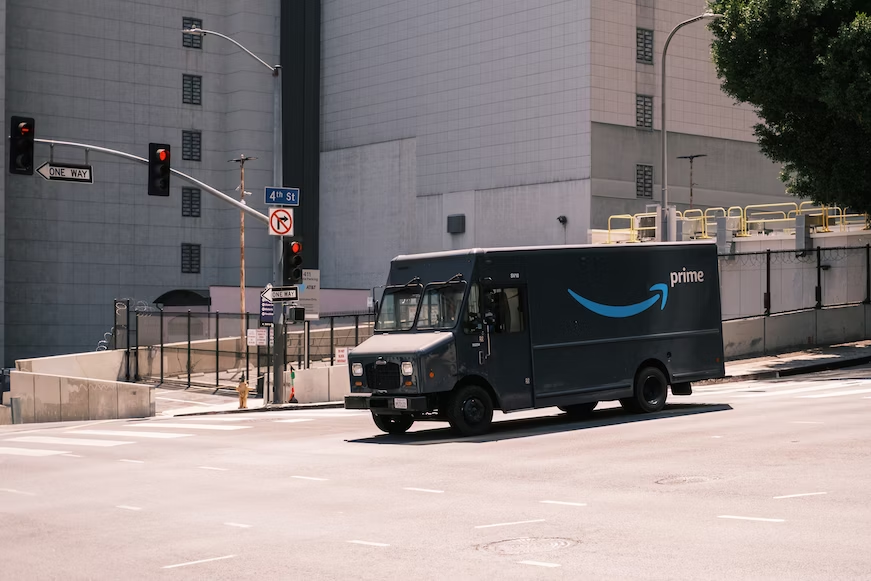
Product launch strategy
The next part of your plan of action is a well-executed product launch strategy. This combines two main elements:
- Delivering a highly desirable offer and
- Ensuring as many people as possible see your product.
Success will not come merely from hoping that customers searching on Amazon for a product like yours will pick your listing over the competition.
You will need to employ other marketing initiatives to get the word out and drive traffic to your Amazon page. This should be a multi-pronged effort on platforms other than Amazon, including
Google responsive search ads and social media marketing.
You should create accounts on several different social media sites, though not necessarily all of them. Carefully consider which ones are likely to be used by your target audience by researching their demographics.
You should also explore building partnerships with influencers, who can offer both a valuable and affordable way to directly target the customers you want to reach.
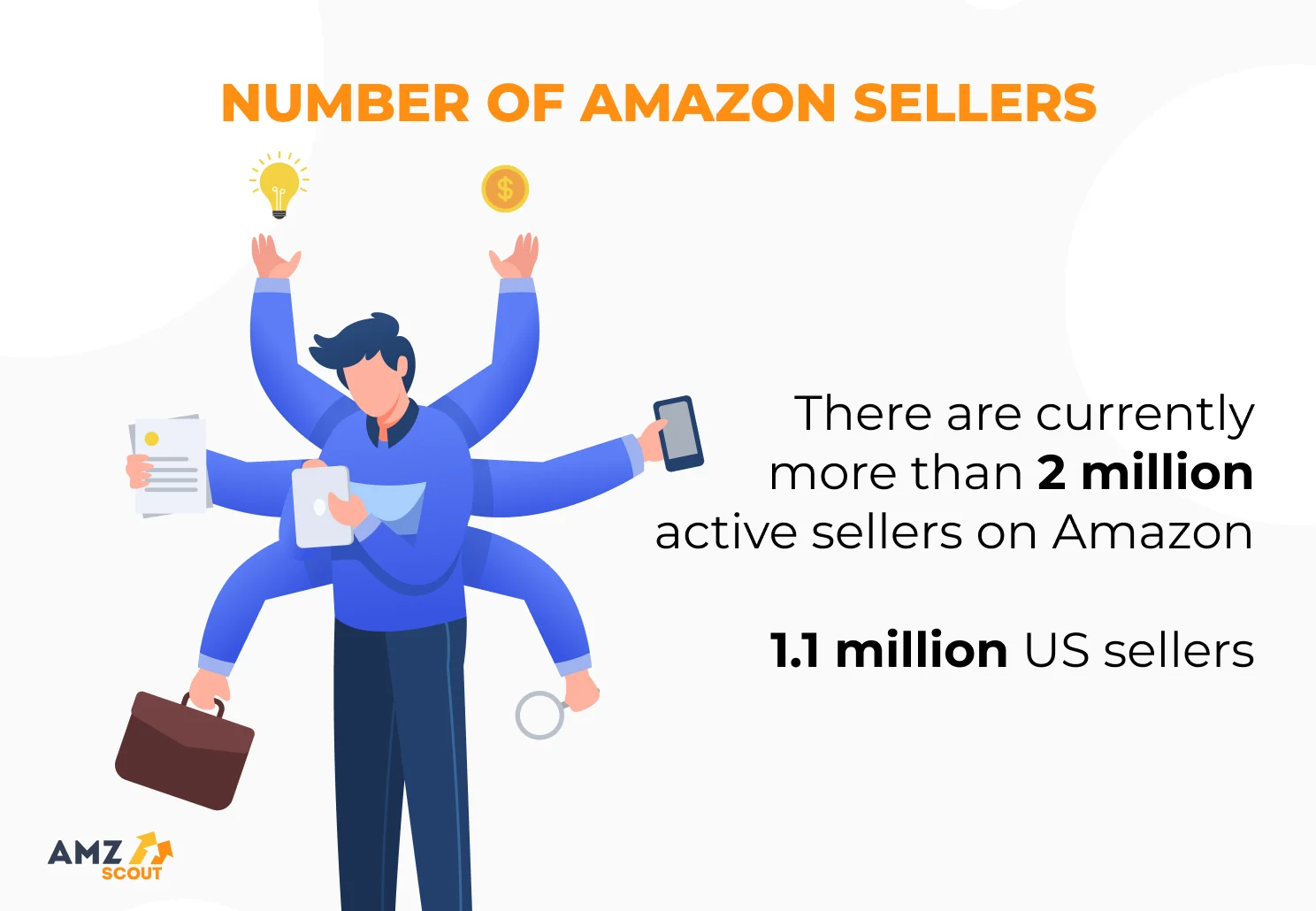
How to Launch Your First Amazon Product
Once you have a launch strategy and anything else you need to make your new Amazon enterprise a success (think accounting software or Vonage business VoIP phone service) you’re ready for this practical stage-by-stage map to getting your product on Amazon.
Set up your Amazon seller account
First of all, you need an Amazon seller account. This should be a fairly straightforward process, but the big decision you need to make is whether you want a professional or individual account. The main difference between the two is how many units you are planning to sell per month.
An individual account is limited to 40 units per month, whereas you’ll need a professional account to sell anything over that amount. You will have to judge for yourself how many items you may sell, but be aware that a professional account comes with a $39.99 monthly subscription fee. It does, however, also give you access to restricted categories, like fine jewelry and watches.
Prepare and optimize your product listing
If you run a company that provides an interactive voice response solution, when a person types in their search bar “what is IVR”, you want your website to be among the first results. That’s what optimizing your product listing is all about.
Create an accurate and persuasive product title and detailed description complete with relevant keywords. Provide plenty of high-quality images that show off your product at its best, from every angle. People make decisions quickly when browsing through Amazon, so make every effort to guarantee your product shines.
Manage your inventory
This may take some time to get right. It involves a careful combination of the right inventory management software solution and human judgment. Don’t get too excited and overstock when you’re unsure how sales will develop.
The best approach is to start modestly and have a plan to scale. Always make sure you can fulfill customer orders and analyze how your sales are progressing. Be proactive and balance your inventory carefully to maintain healthy sales and protect your reputation.
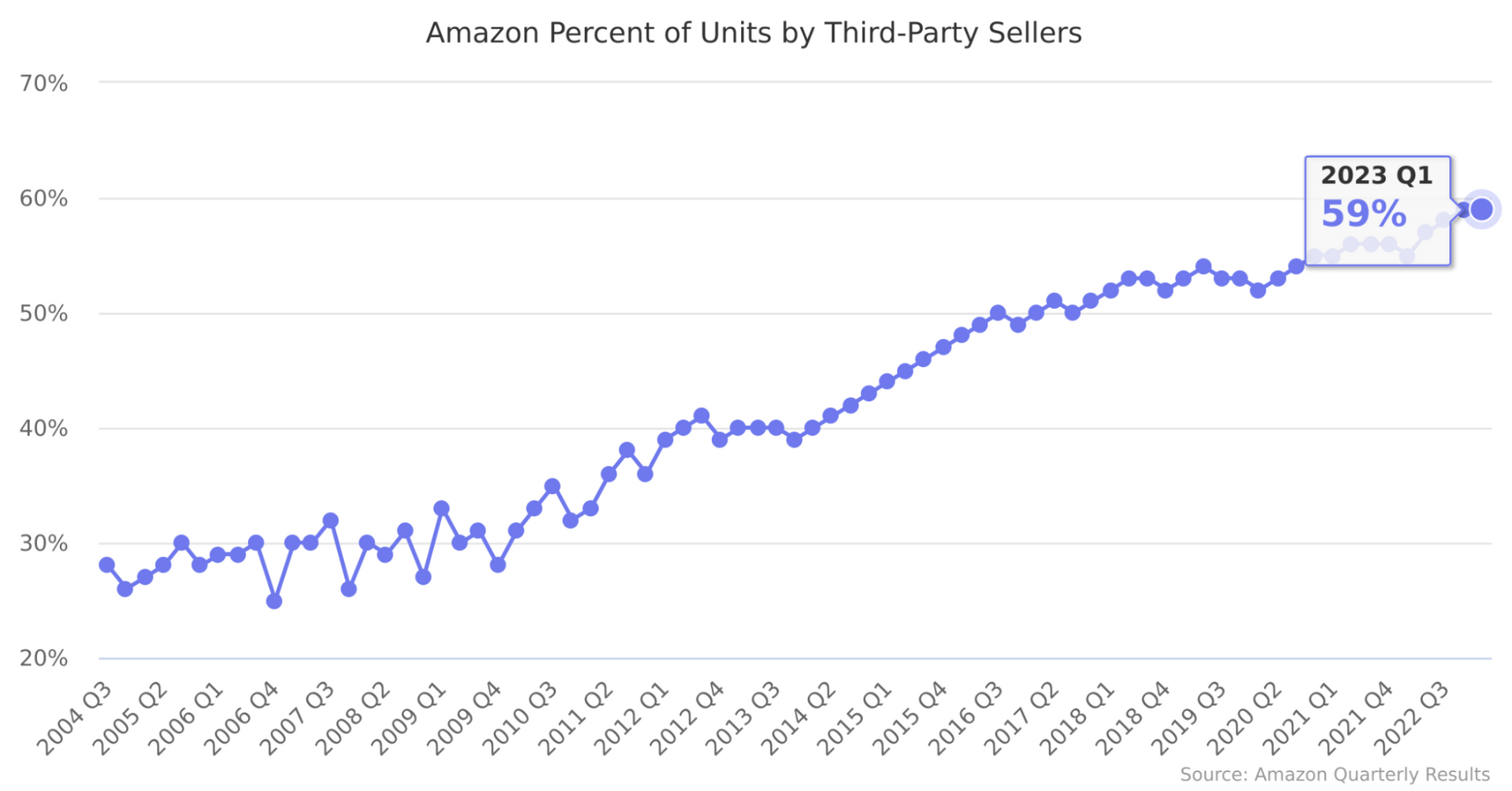
Conduct competitive pricing
The price has got to be right. Naturally, you may be tempted to attract customers with an impossible-to-resist bargain. But undercutting the competition by too big of a margin will not be profitable in the long run. Also, if your product is too cheap, customers may wonder if it’s poor quality.
The goal is to find the sweet spot between a good deal and a sustainable profit margin. What is the perceived value of your product? What are your competitors charging? And what are your production costs? These three questions will help you pitch your price correctly.
Launch and promote your product
It’s time to get your product onto Amazon’s metaphorical shelves. The practical part is intuitive enough, as you simply need to follow the instructions when using either your individual or professional account.
But whether a company sells groceries in the UK, or provides the
cheapest domain registration in Singapore, customers will only buy their products if they know about them. So get the word out and engage early and quickly with potential customers both on your Amazon page and any social media sites you have set up too.
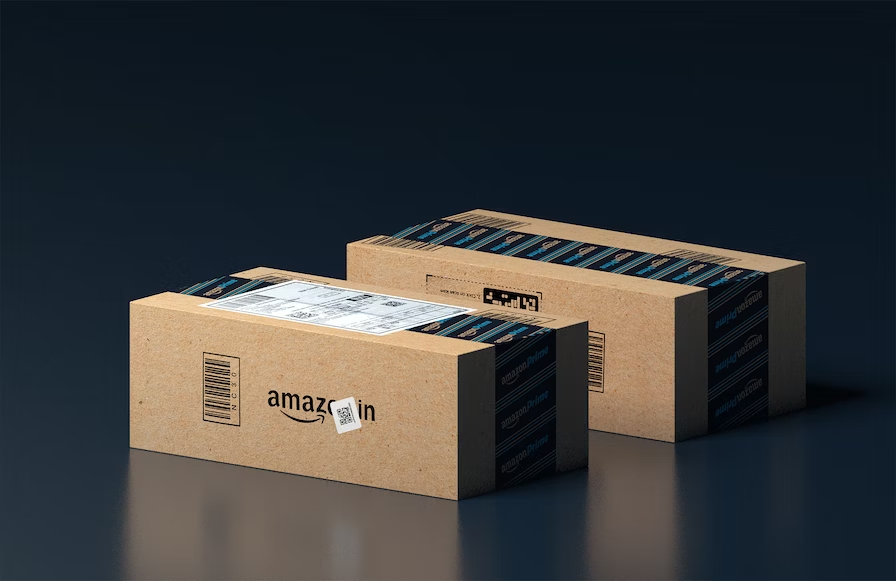
Adjust and adapt accordingly
Post-launch, data is your friend. Collect and analyze as much data as you can about your product’s performance. This will help you with inventory management and to make any necessary changes – whether that be to the product or the way you’re marketing it.
Hopefully, with some trial and error, your journey as an Amazon seller will be on an upward trajectory. If and when things start to get busier, you can consider introducing new products and adopting
remote support tools to help your business scale.
Conclusion
Launching your first product on Amazon is a remarkable opportunity for established entrepreneurs and fledgling small business owners alike. Remember, though, that success on Amazon requires continuous effort and adaptability.
Regularly
diagnose your ecommerce campaign performance, monitor your product's success, gather valuable customer insights, and adjust your strategies accordingly to stay ahead of the competition. With dedication and a customer-centric approach, you can confidently navigate the Amazon platform and achieve resounding success with your first product launch.

Experience Optmyzr yourself for 14 days.
Start your free trial and start optimizing today.
No credit card needed.
Optmyzr. All rights reserved.

